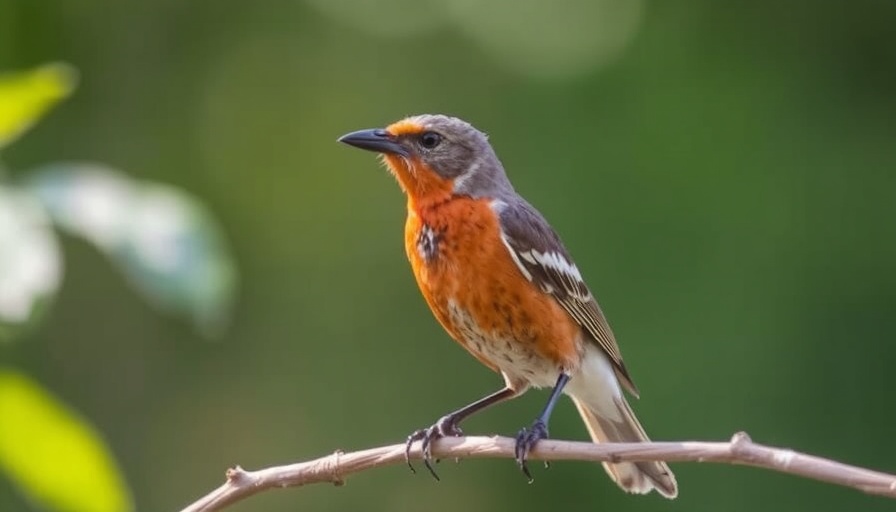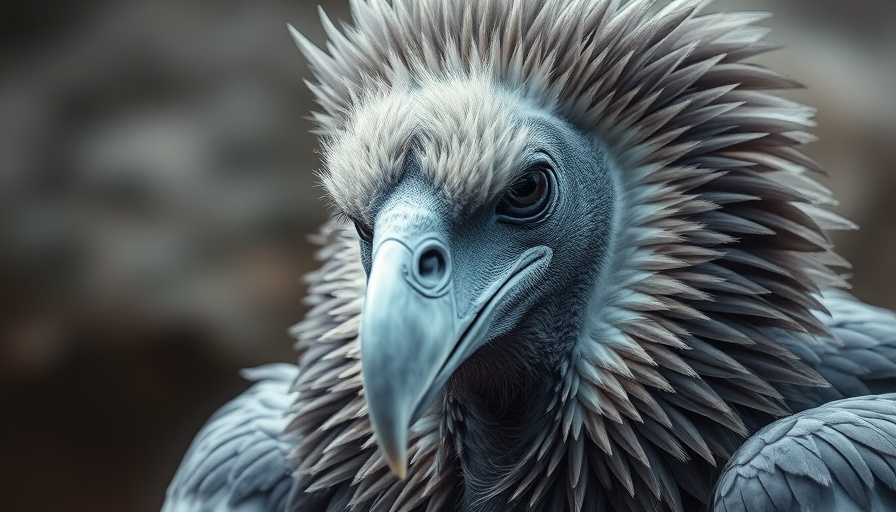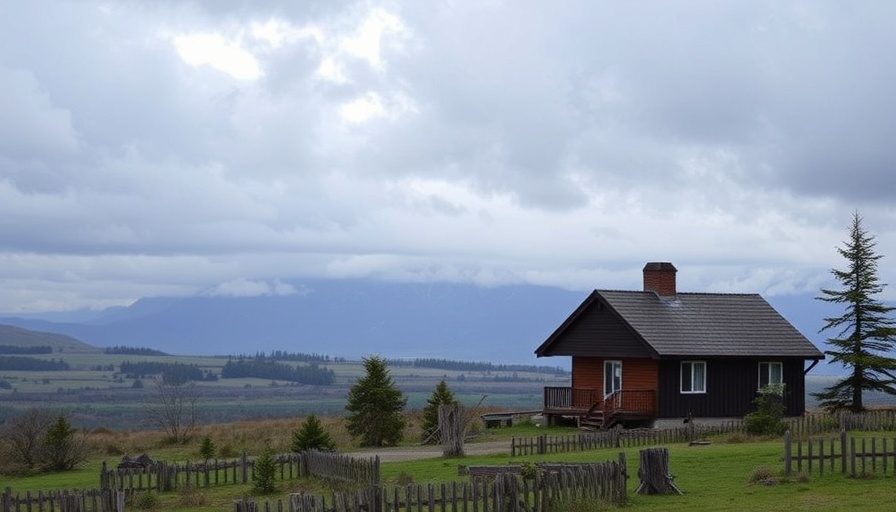
How Birds Keep Their Cool During Sweltering Days
On a scorching summer afternoon, one might find themselves contemplating how birds manage to thrive in the heat. Unlike us, birds lack sweat glands, which raises the question: how do they stay cool? In fact, these magnificent creatures employ an array of fascinating techniques to regulate their body temperature without breaking a sweat.
Panting: Nature's Cool Down Technique
One of the most effective cooling methods birds use is panting. Birds like the American crow will rapidly breathe with a quivering throat, expelling heat through their lungs with each breath. Significantly, their unique one-way lung system allows fresh, cooler air to flow in while warm air is expelled.
Utilizing Bare Skin for Efficient Cooling
In addition to panting, birds have adapted specialized skin areas that provide essential cooling. The bare patches on their legs, faces, and beaks function as heat outlets that enable heat from the blood vessels closer to the surface to dissipate. Furthermore, you'll often see birds puffing feathers or fluttering their wings, effectively increasing air circulation around their bodies.
Soaring to Cooler Heights
Another ingenious adaptation is seen in raptors like hawks. These birds can soar high into the sky where temperatures are significantly cooler than at ground level. By riding thermal updrafts, they minimize energy spent and maximize their comfort.
Bird Behavior: Following Nature's Rhythms
Birds also exhibit behavioral adaptations to combat heat. Much like humans, they restrict their activities during peak sun hours, choosing to remain active during the cooler periods of dawn and dusk. Seeking shade during the heat of the day allows them to conserve energy and avoid overheating.
The Importance of Seasonal Adaptations
These cooling techniques not only illustrate the resilience of avian species but also emphasize the critical importance of understanding wildlife behavior in a changing climate. As temperatures continue to rise globally, awareness of how birds adapt can inform conservation efforts and enhance our appreciation for these remarkable animals.
With these fascinating insights into how birds stay cool, it's clear that their adaptations are nothing short of ingenious. Recognizing the impressive capacity of avian species to cope with environmental challenges enriches our understanding of the natural world.
 Add Row
Add Row  Add
Add 




Write A Comment